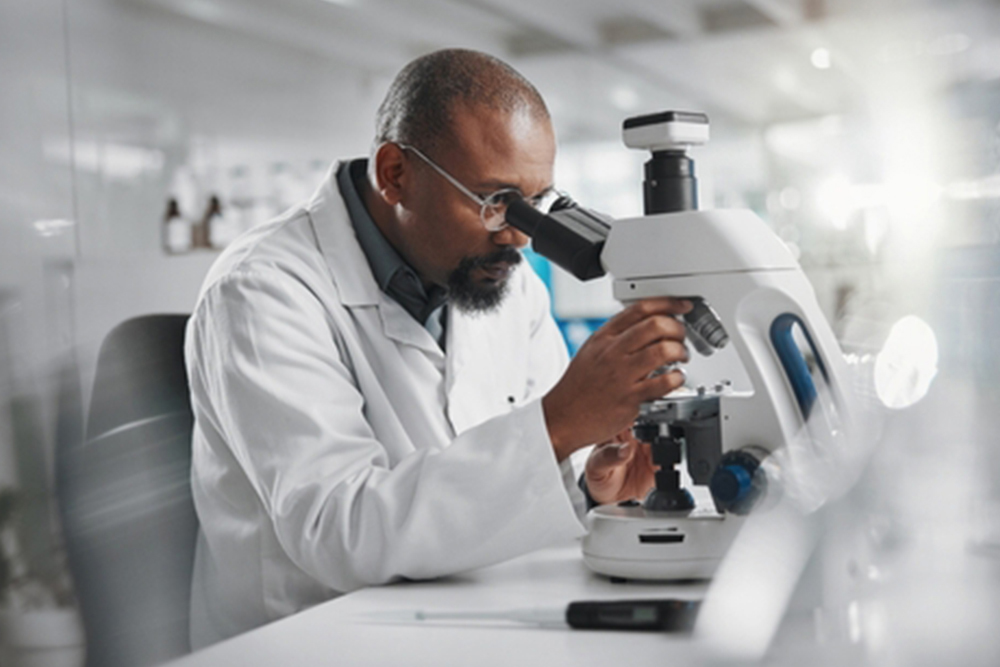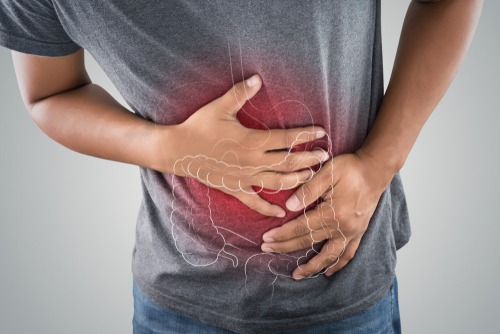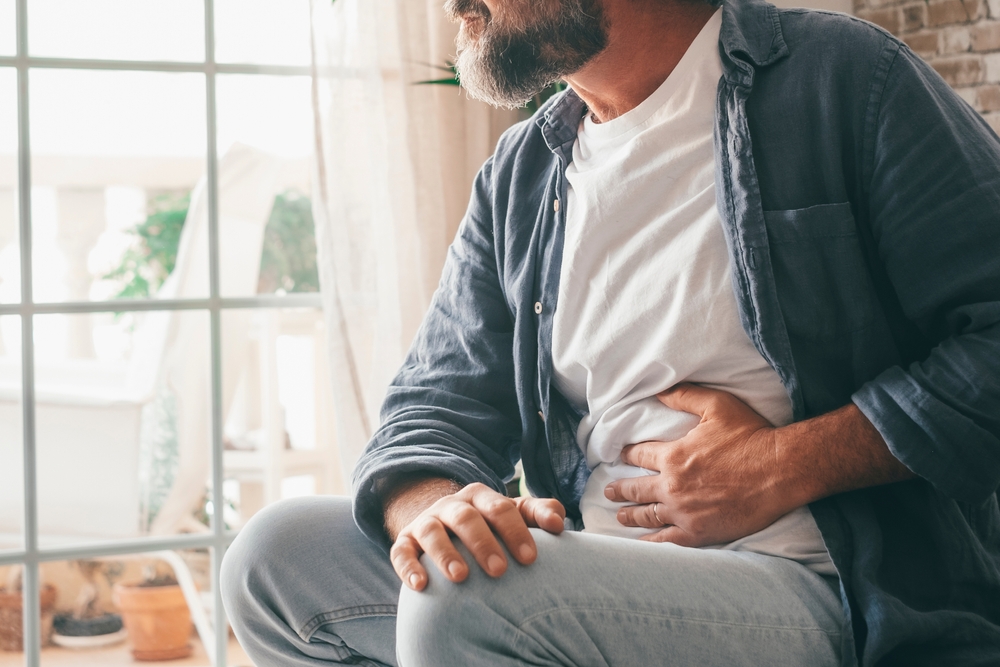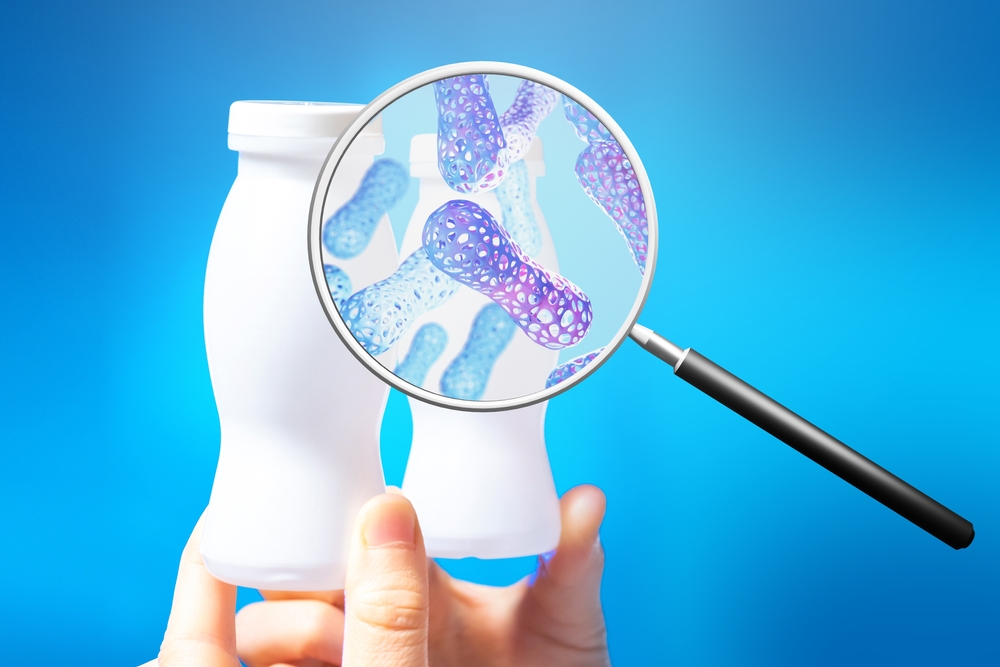Some members of the Firmicutes phylum, including many gut microbiota species, can form highly resistant, dormant endospores (referred to as spores). These spore-forming bacteria thrive in diverse habitats, with their spores remaining viable for extended periods due to resistance to physical and chemical stressors. In Clostridioides difficile infection (CDI), an anaerobic pathogen, spores play a critical role in transmission as they resist oxygen, while disease symptoms result from toxins produced by actively growing cells.
This review examines the regulatory mechanisms controlling the initiation of sporulation in CDI. It also explores the role of spores in the pathogen’s infectious cycle, focusing on spore structure, function, and key regulatory points in spore development. Understanding these processes provides insights into the persistence and pathogenesis of CDI, highlighting spores as a central factor in its lifecycle and disease transmission.
Reference: Serrano M, Martins D, Henriques AO. Clostridioides difficile Sporulation. Adv Exp Med Biol. 2024;1435:273-314. doi: 10.1007/978-3-031-42108-2_13. PMID: 38175480.








